How can I shorten a seat belt buckle?
Occasionally you’ll come across a scenario where a vehicles seat belt buckle is sitting too proud for the entry of the child safety seat. This article discusses a couple of solutions. Whichever solution you apply you need to consider and ensure;
- The practice doesn’t affect other functions of the vehicle, or child safety seat
- You consider the angle
- The method doesn’t negatively affect the integrity of the installation
Gated Buckle Stacking?
This is the easiest solution, and potentially the best if it’s only requires a small amount of room removed. Simply pop two or three gated buckles on top of each other and feed the buckle’s webbing through as you would normally on a lap-sash. This may not work if the webbing doesn’t sit neatly, or if there isn’t enough room to fit the gated buckle onto the webbing. In the latter case, you may be able to either get assistance holding the seat padding out of the way, or remove the seat padding entirely while you place the gated buckle on.
Padding under the child safety seat?
In some cases you are “padding” underneath the child safety seat to adjust the angle of the recline anyway and it may be convenient to pad it a little more at the base to raise the seat, accommodating a better angle for the seat belt to engage. Again this method is only viable if it doesn’t negatively affect the integrity of the installation.
Can I twist the seat belt buckle to lower it down?
Well the answer is a bit tricky – It’s certainly not a best practice approach. The risk is that if you twist up a seat belt you are concentrating more of the load on less threads in the webbing, so ultimately it won’t be able to carry the same loads as it was designed to. In most applications this isn’t actually a problem because of the initial significant tensile strength of a seat belt, being able to manage extreme loads – but it is certainly a consideration.
Here is a couple of things to consider why you should avoid doing this if an alternative solution is available:
- Extra load on fewer threads in the webbing
- Potential to permanently mark or damage the webbing
- Twisting any webbing sends the wrong message – the very reason we don’t twist upper tether straps, we want parents to be aware of the risk of twisting harness straps. Although this is for a different reason
- “Roping” up any webbing creates a smaller surface for the load to be spread over, resulting in a “Cheese cutter” effect, increasing loads on anything it is contact with. In this case consider any materiel the folded seat belt could come into contact with – particularly extra load on the child safety seat itself.
NB: This site contains information intended only for the person on the ACRI membership list and is subject to legal privilege. Any duplication or copy, even in segments, infringes on copyright

